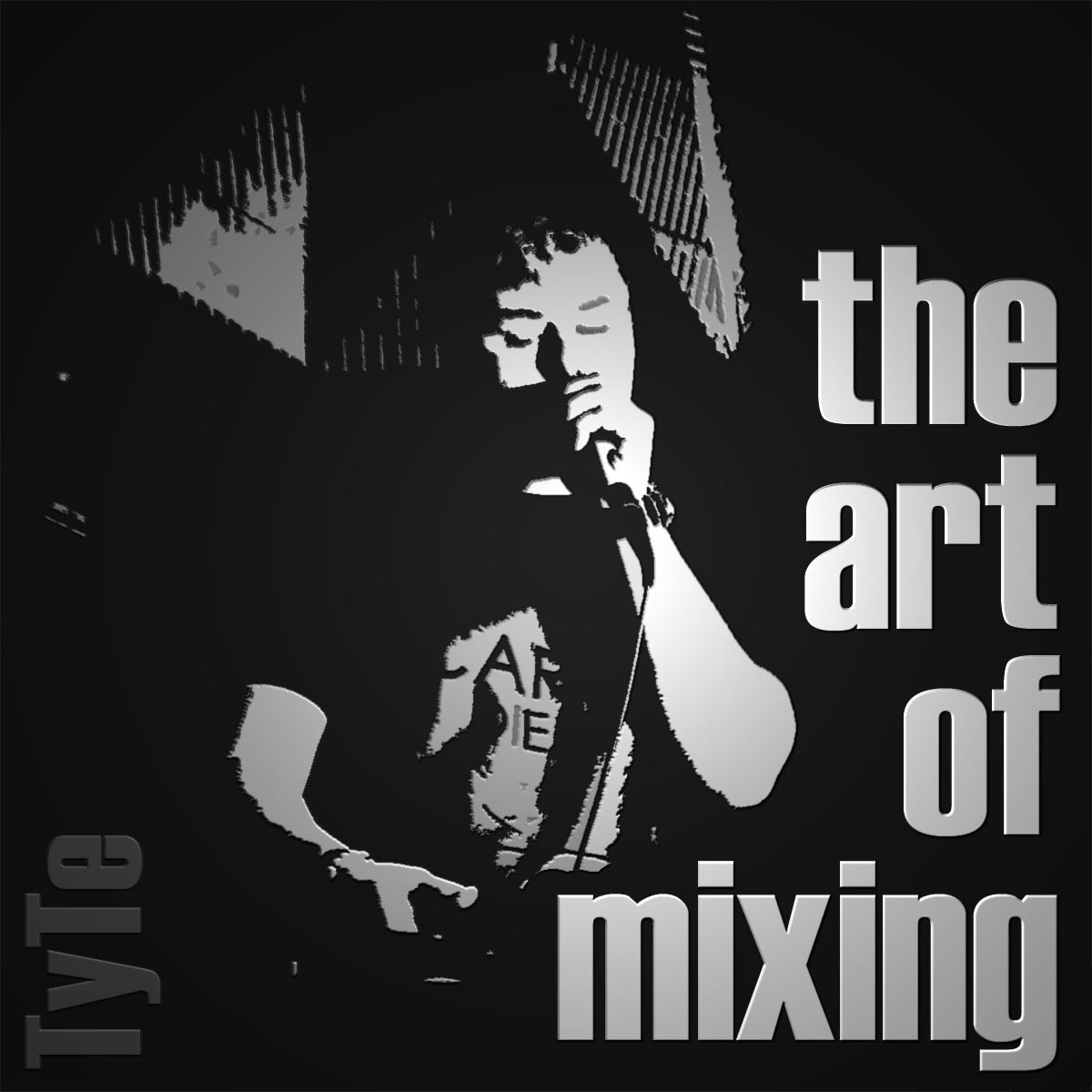Depth is how far the sound appears to be away from the listener. Depth is achieved simply by:
- loudness with respect to the other layers,
- dynamic range within the layer, and
- in terms of any reverberation present.
Dry, compressed, loud sounds appear towards the front of the mix whereas quiet, uncompressed, reverberant sounds appear towards the back of the mix.
1. Decide where the layer should be in terms of front to back.
In hip-hop music the lead layer (i.e. rapping) is usually the focus of the record and is often placed at the front of the mix by primarily being mixed louder than the other layers. However, it is important to note that the focus of a record is not solely dependent on the depth at which it is mixed.
2. Position the layer in terms of front to back.
Firstly set the level or loudness of the layer. You may need to reduce the level to compensate for the increase in volume caused by compression. Secondly, select an appropriate reverb. Keep reverb times short for a tighter sound and longer for a more laid-back feel. A useful tip is to set the reverb time to the length of gap between licks or phrases. This prevents the reverb from overlapping too much and the record sounding too muddy. You can always add more later! A medium to long delay at a low level under a part can add a sense of movement, especially to vocal or humming/continuous layers. Remember to keep delay times in time with the music.
3. Ensure smooth transition between lead parts.
The transition between lead parts should be smooth. For example, where vocal scratching takes over from a vocal MC; if the scratching is mixed much dryer or quieter than the MC, the transition will sound ragged and the record may lose momentum. Of course this is also true of other layers of the arrangement where one part takes over from another.





